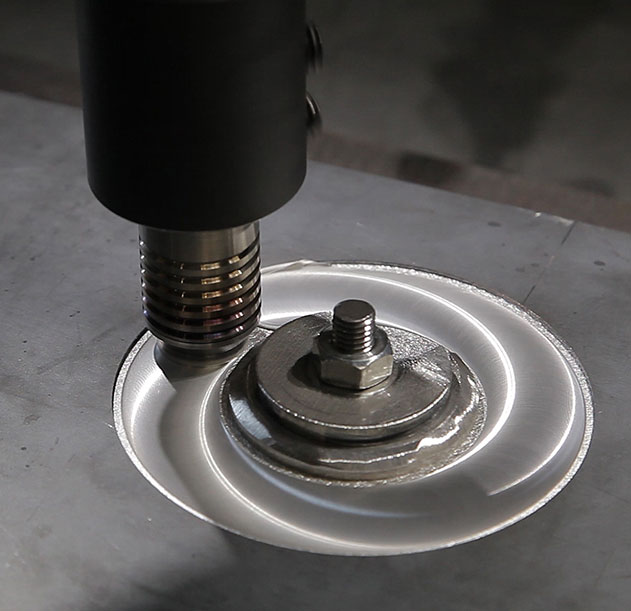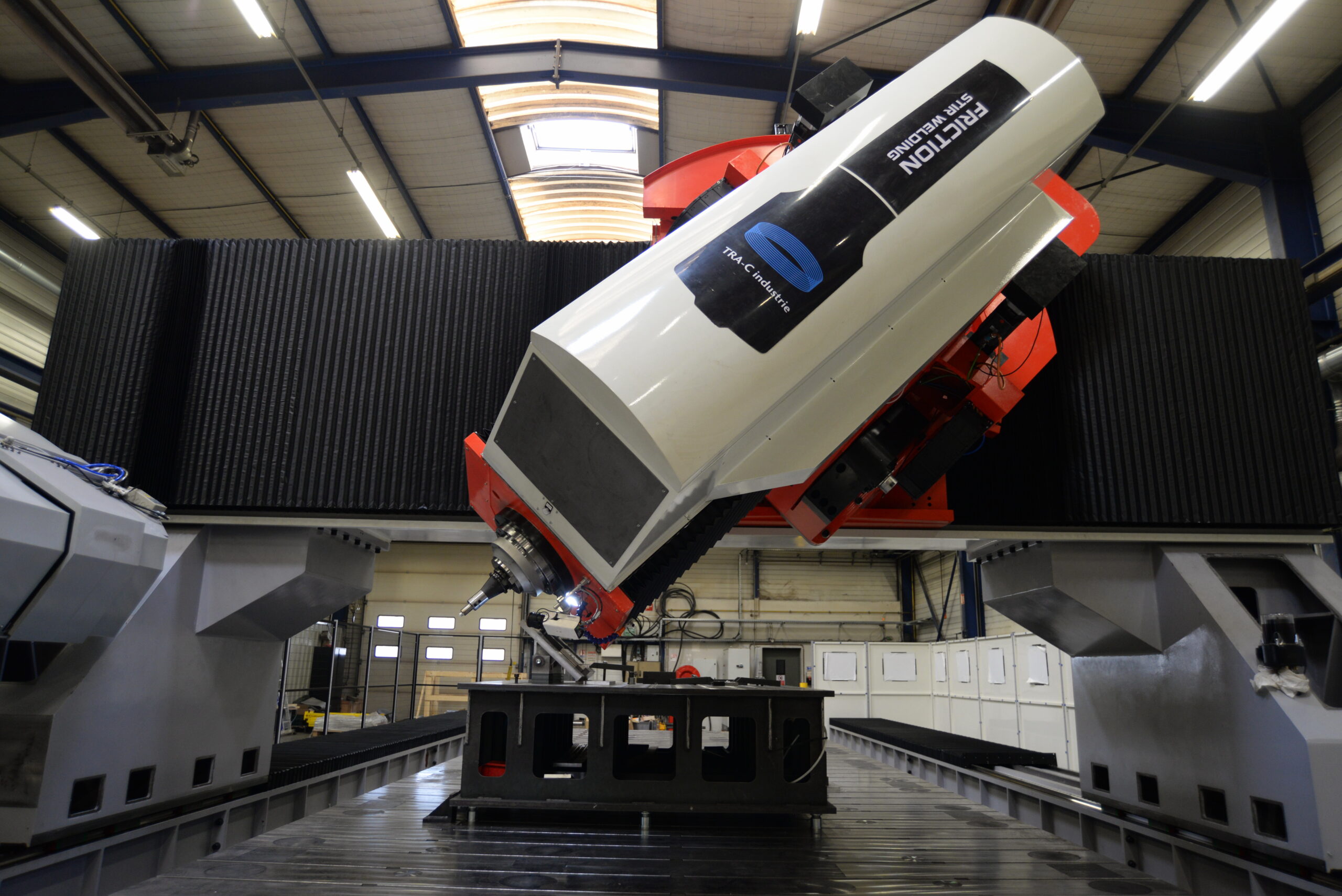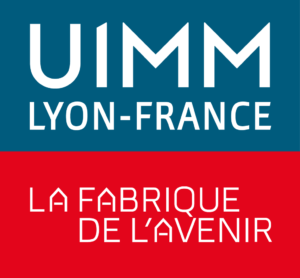Friction stir welding: how does it differ from other methods?
In engineering and metallurgy, the welding process plays an essential role. TIG/MIG welding, gas welding, resistance welding, ultrasonic welding: many processes have been invented.
Friction stir welding (FSW) has revolutionised the traditional approach to welding. As a reliable, innovative and environmentally-friendly technique, what sets it apart from other methods?
In this article, TRA-C industrie takes a look at this technology, as well as more conventional techniques. You will also discover the advantages of friction stir welding over other processes…
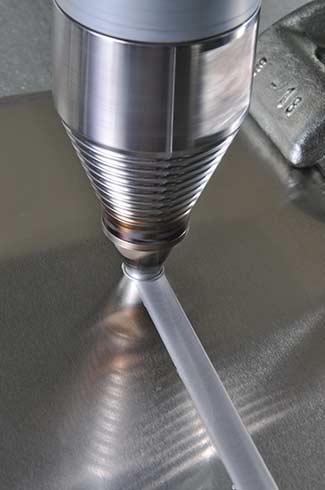
What is friction stir welding?
Brief history of friction stir welding
Friction stir welding is a relatively recent innovation in the field of mechanics and welding. Invented by Wayne Thomas and developed by The Welding Institute (TWI) in the UK, the process was introduced in 1991.
This technique offers a solution to problems commonly encountered with more traditional welding methods such as:
- Distortion
- Cracks
- Degradation of steel mechanical properties
Since its development, friction stir welding has been used in many industrial sectors, including aerospace, automotive and shipbuilding. Its advantages in terms of weld quality, cost and durability are now well established.
This technique has also been the subject of a considerable amount of engineering research and development. These advances have led to significant improvements and a wider range of applications…
FSW principle
Friction stir welding is a solid-state welding process that is particularly effective for welding aluminium, light or multi-material alloys (aluminium-copper, aluminium-steel, etc.).
This process involves the use of a rotating tool, pressed against the parts to be welded. The friction generated by the movement of the tool produces heat, which causes the materials to soften and become malleable.
The tool is then moved along the joint, kneading the materials together to form a weld.
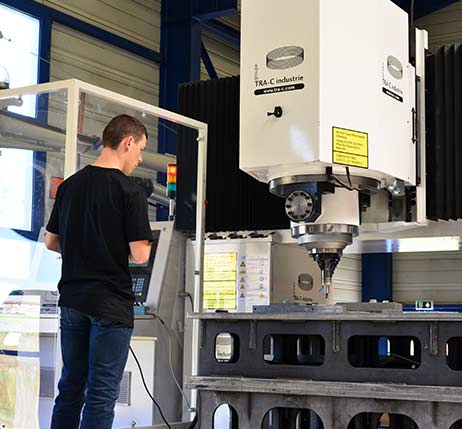
Innovations in FSW welding
Although relatively new, FSW technology has already been the subject of a large number of research and innovation. For example, stronger and more durable welding tools have been developed.
As mentioned above, friction stir welding makes it possible to assemble aluminium alloys or very thick elements. This is much more difficult with traditional welding methods.
Another innovation in this sector is the precise monitoring of processes. Thanks to the machines used, everything is meticulously controlled, including temperature, pressure and tool speed. This improves the quality of the weld and reduces the risk of error.
FSW Also enables to use far less materials (weight saving) without altering the mechanical properties of the elements. It is used to assemble engine parts, heat exchangers, battery cases and alloy wheels, for example.
Finally, force control is a major innovation. In FSW, welding is carried out by applying constant pressure to the parts. The vertical position of the tool is then constantly adjusted to ensure that it is pressed against the workpiece and that the weld is homogeneous.
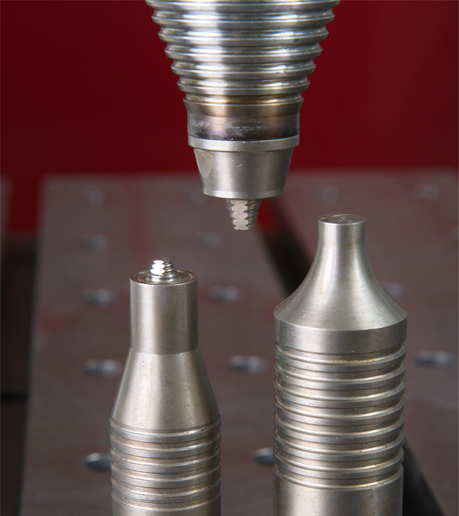
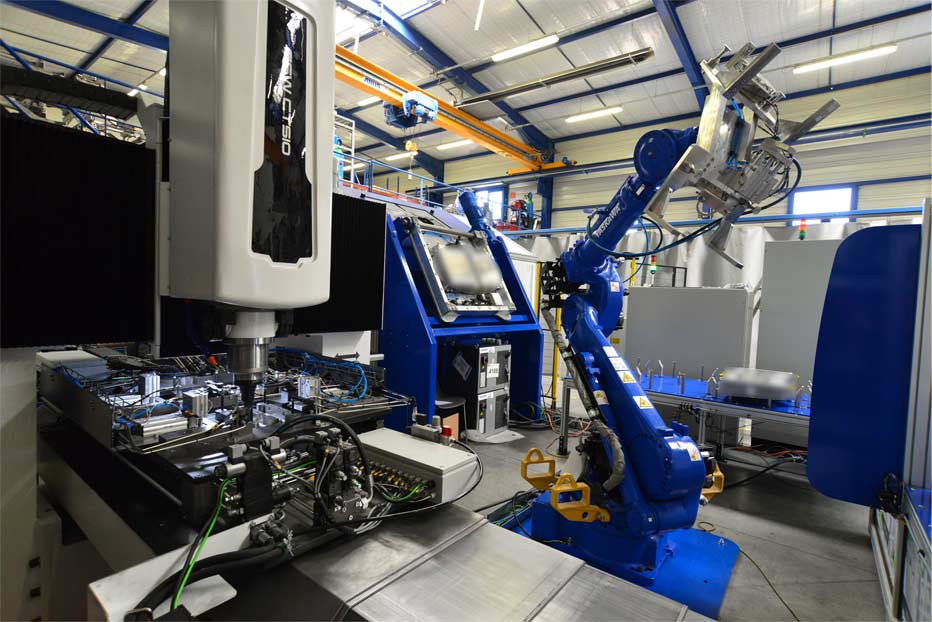
Comparison between friction stir welding and traditional methods
Some traditional welding methods
Arc fusion welding
Electric arc fusion welding (TIG or MIG) uses electric current to produce heat and melt the materials to be welded. The energy required is obtained by an electric arc that is generated between an electrode and the part to be welded.
However, this technique is limited to electrically conductive materials and can lead to a deterioration in the quality of the weld. In addition, it requires a large amount of energy, which increases manufacturing costs.
Gas welding
The gas welding process involves joining metals by heating, with or without the addition of metal. It uses a shielding gas to prevent oxidation during welding. Although this method is effective for certain types of material, it requires a controlled environment and the cost of the gas is also high.
Resistance welding
Resistance welding also depends on the use of conductive materials, since it is the contact between 2 parts, by pressure, that generates a powerful electric current. This current then fuses the 2 parts together permanently. The associated costs are therefore high as well.
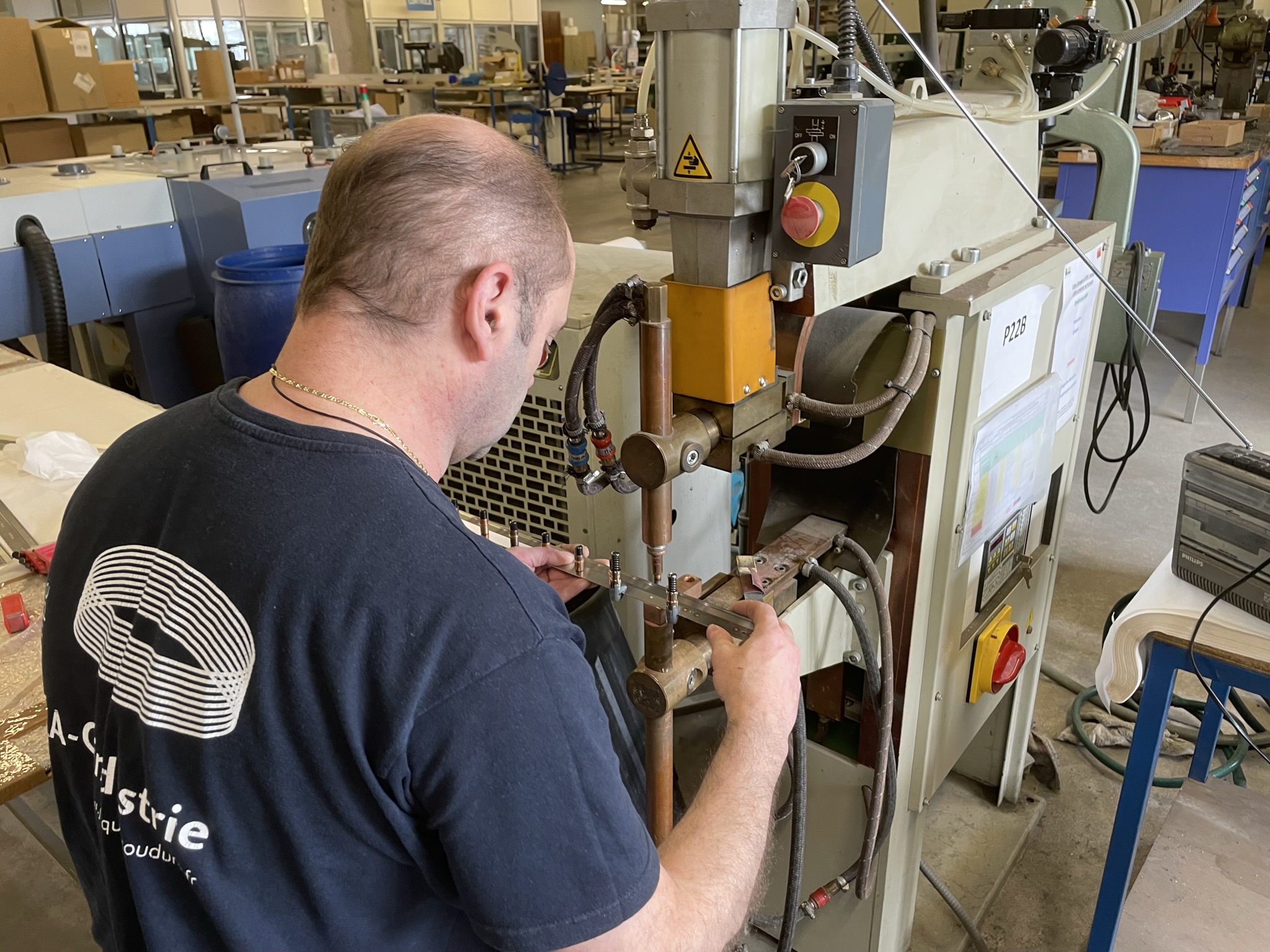
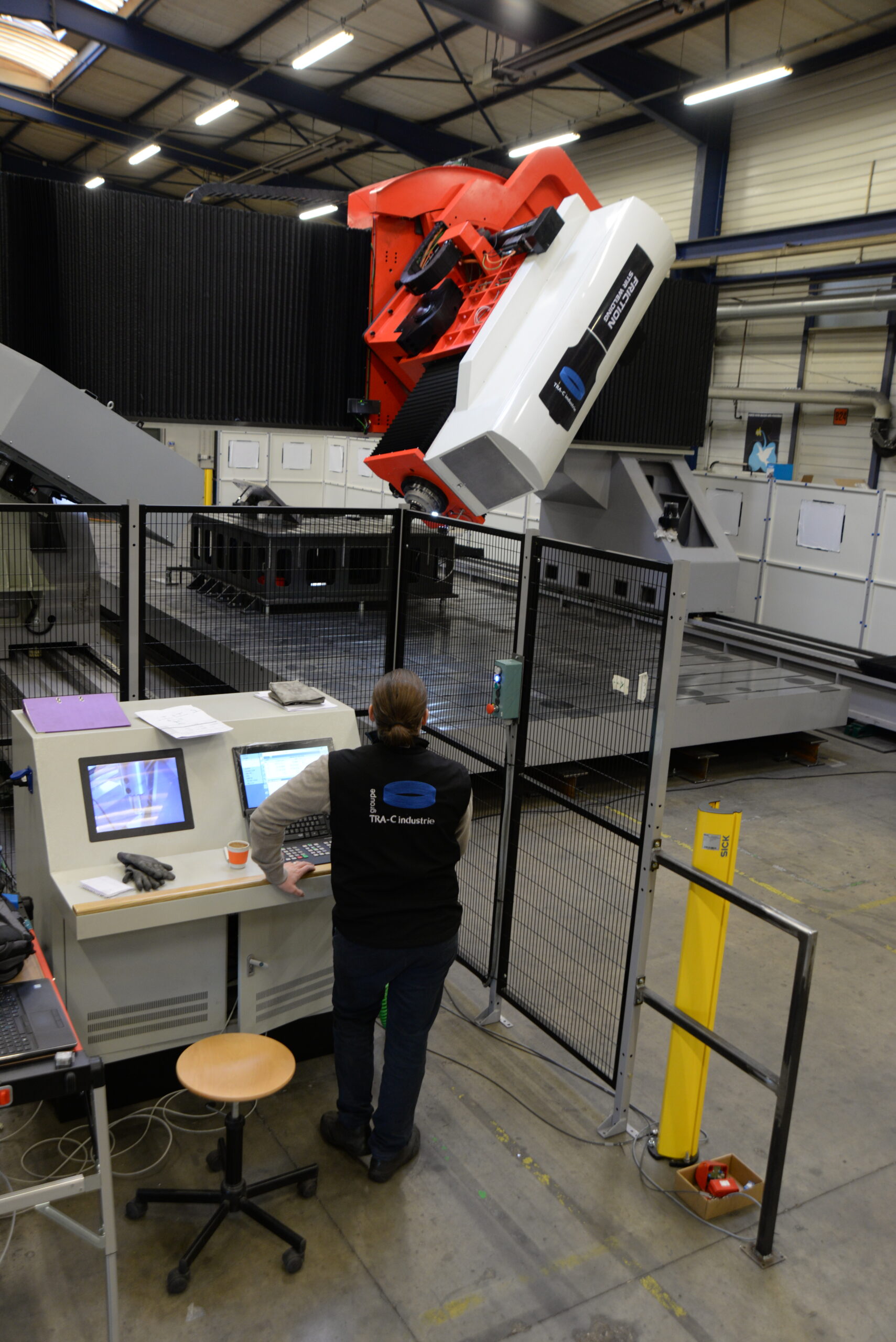
Electron beam welding
Electron beam welding (EBW) is a sophisticated fusion welding process. It uses a high-energy electron beam to melt and join metal parts.
A concentrated beam of electrons is directed at the parts to be joined, where it releases its energy in the form of heat. This intense heat melts the metals locally, allowing them to fuse together to form a weld.
Ultrasonic welding
Ultrasonic welding, on the other hand, uses high-frequency vibrations to generate heat and melt the materials to be welded. It therefore requires special equipment and is relatively complex to implement.
Disadvantages of traditional welding methods
To sum up the previous points, traditional welding methods are all beneficial to the metallurgical industry. However, these techniques have disadvantages that are not found in friction stir welding:
- Difficulty in welding certain alloys: this is particularly the case for aluminium and light alloys;
- A tendency to bend or distort: the structural integrity of the parts may be compromised;
- Lack of precision: aluminium alloys, which are often used in the aerospace, automotive and rail industries, require a high level of precision that is not possible with conventional methods;
- A complex working environment: in particular because there is a need to import metal;
- Health risks for employees: exposure to fumes, radiation and high temperatures. These are additional challenges in terms of safety and regulatory compliance;
- Visible defects: this means extra costs for rework and frequent quality checks.
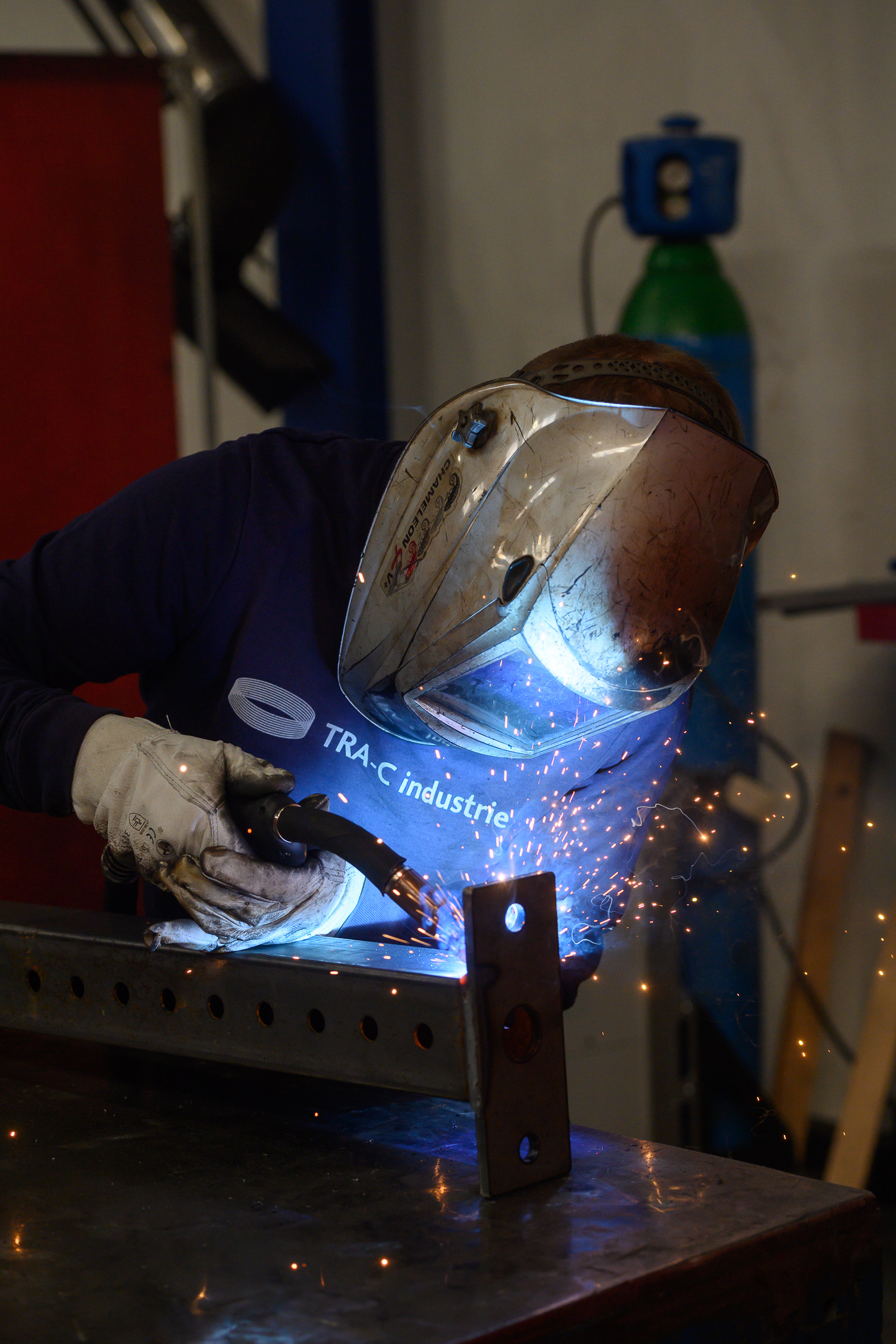
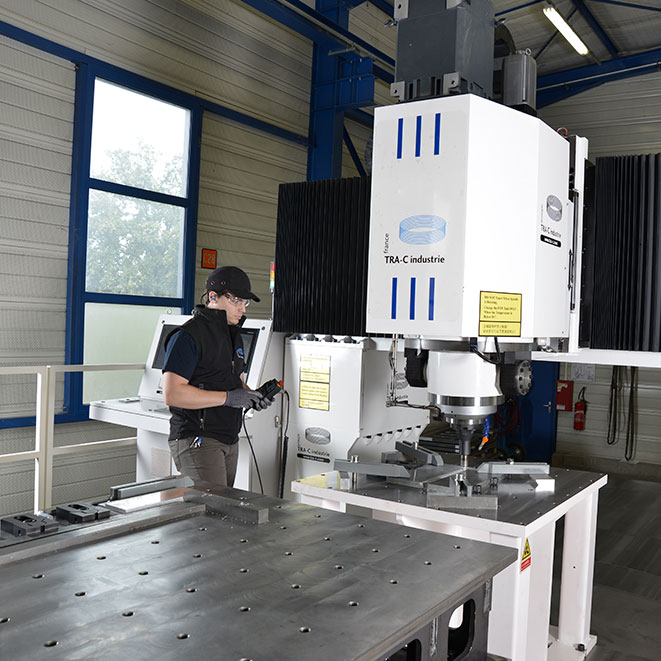
Advantages of friction stir welding over conventional techniques
Friction stir welding, on the other hand, offers a number of significant advantages over conventional methods. These include:
- Compatibility with all alloys: FSW can efficiently assemble parts made of aluminium or light alloys. It therefore offers great flexibility;
- Welding thick materials: thick materials of up to 50 mm can be welded in a single pass;
- Precise guidance: the rotary tool used moves very precisely along the contact surfaces;
- Welding speed: the FSW technique can weld at up to 3 metres per minute, surpassing all other methods;
- Quality of finishing: with friction stir welding, no additional material is used for the weld. As a result, the finishing is sharper. Furthermore, welding-related deformation is reduced;
- Reduced costs: the speed of the welding process and the absence of additional material led to significantly reduced costs;
- Welding in all configurations: butt welding, lap welding, T-welding, external angle welding, etc.;
- Reduced emissions: finally, FSW is a clean process. It emits no smoke, gas or radiation, providing a safer working environment for employees. It’s also a greener solution.
TRA-C industrie, your expert partner in FSW
The invention of friction stir welding has overcome the limitations of traditional welding methods. This highly reliable process offers many advantages and is used in the transport (automotive, aerospace, rail), space, energy and defence industries.
With its recognised experience and expertise, TRA-C industrie is now the European leader in friction stir welding. The company has 9 production sites in France, a workshop in Canada and a design office with researchers, engineers and designers.
Do you have questions about FSW technology? Would you like to consult a specialist on the subject? Our experts will support and advise you in the overall implementation of your welding projects, from design to production
